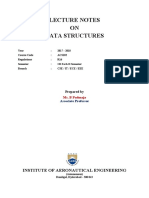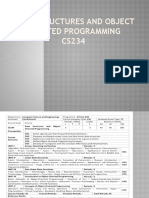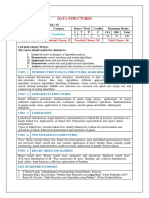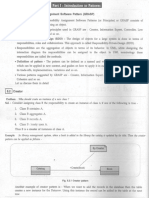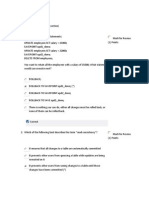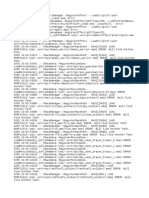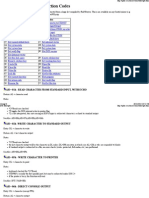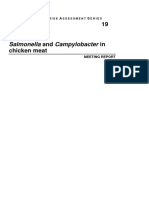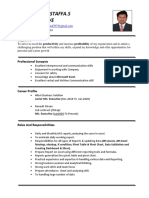0% found this document useful (0 votes)
64 views15 pagesIntroduction To Data Structures
The document introduces various data structure concepts including data, data types, abstract data types, linear and non-linear data structures, static and dynamic data structures, and persistent and ephemeral data structures. Examples of each concept are provided.
Uploaded by
NALE SVPMEnggCopyright
© © All Rights Reserved
We take content rights seriously. If you suspect this is your content, claim it here.
Available Formats
Download as PPT, PDF, TXT or read online on Scribd
0% found this document useful (0 votes)
64 views15 pagesIntroduction To Data Structures
The document introduces various data structure concepts including data, data types, abstract data types, linear and non-linear data structures, static and dynamic data structures, and persistent and ephemeral data structures. Examples of each concept are provided.
Uploaded by
NALE SVPMEnggCopyright
© © All Rights Reserved
We take content rights seriously. If you suspect this is your content, claim it here.
Available Formats
Download as PPT, PDF, TXT or read online on Scribd
/ 15




